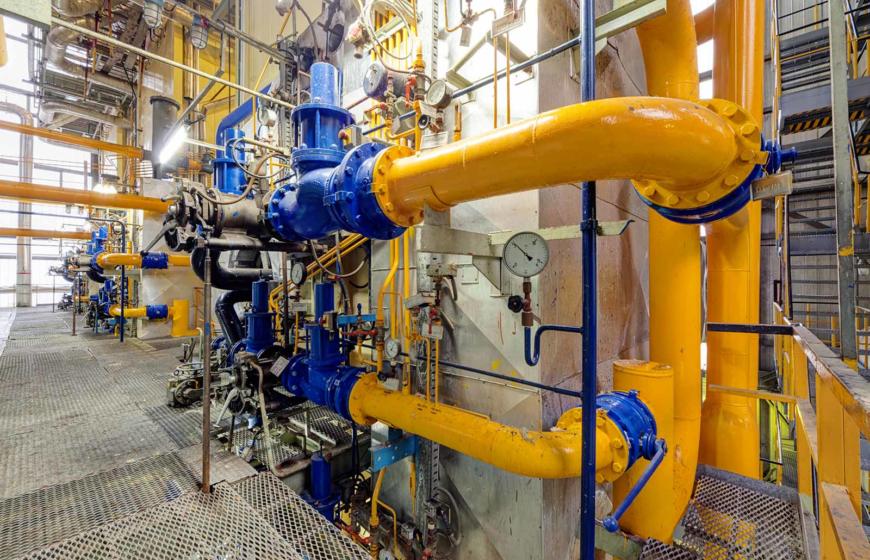Case Study
Liquid nitrogen for inertisation of coal mine goafs
Long-wall mining, where a machine extracts coal from a coal seam and the resulting void is allowed to collapse in on itself as the machine moves on, is potentially hazardous. During mining, coal releases methane which can build up in the collapsed area known as the goaf. Mixed with oxygen in air, this methane can produce a highly explosive mixture that has historically resulted in many deaths and injuries.
While the long wall is still in operation, constantly flushing the goaf with fresh air ensures miners can breathe and prevents a build-up of methane and toxic gases. When extraction ends however, the area must be sealed and, to ensure the atmosphere remains safe, filled with inert gas to displace oxygen.
One such Rio Tinto mine in Australia uses the long-wall mining method and awarded Coregas the contract to supply liquid nitrogen for their long wall inertisation.
Previously the mine made inert gas on site using generators such as boilers or jet engines, but with Coregas’ air separation units (ASUs) in Mackay and Port Kembla, nitrogen is in plentiful supply.
The mine chose to use liquid nitrogen because of its benefits of being a flexible, more reliable alternative to the previous on-site generators. Plus it came with the environmental advantage of not using diesel fuel and the expertise of Coregas’ engineering and technical teams.
Coregas’ large capacity for nitrogen supply proved useful because a long wall is typically 415 metres wide, 2.5-3.0 metres high and 4 kilometres in length. That requires a lot of gas to fill. In this case, it took 25 days of work with the facility manned 24/7 and many loads of liquid nitrogen.
The Mine Ventilation Engineer was very pleased with the outcome, commenting that “nitrogen is the way to go in future”.
The success of the project led to it being presented to a mine ventilation conference in 2017 and published in the conference proceedings:
Caley, D, (2017). Using liquid nitrogen for the inertisation of goafs. In The Australian Mine Ventilation Conference. Brisbane QLD, 30 August 2017. The Australian Institute of Minerals and Metallurgy. pp35-39.
